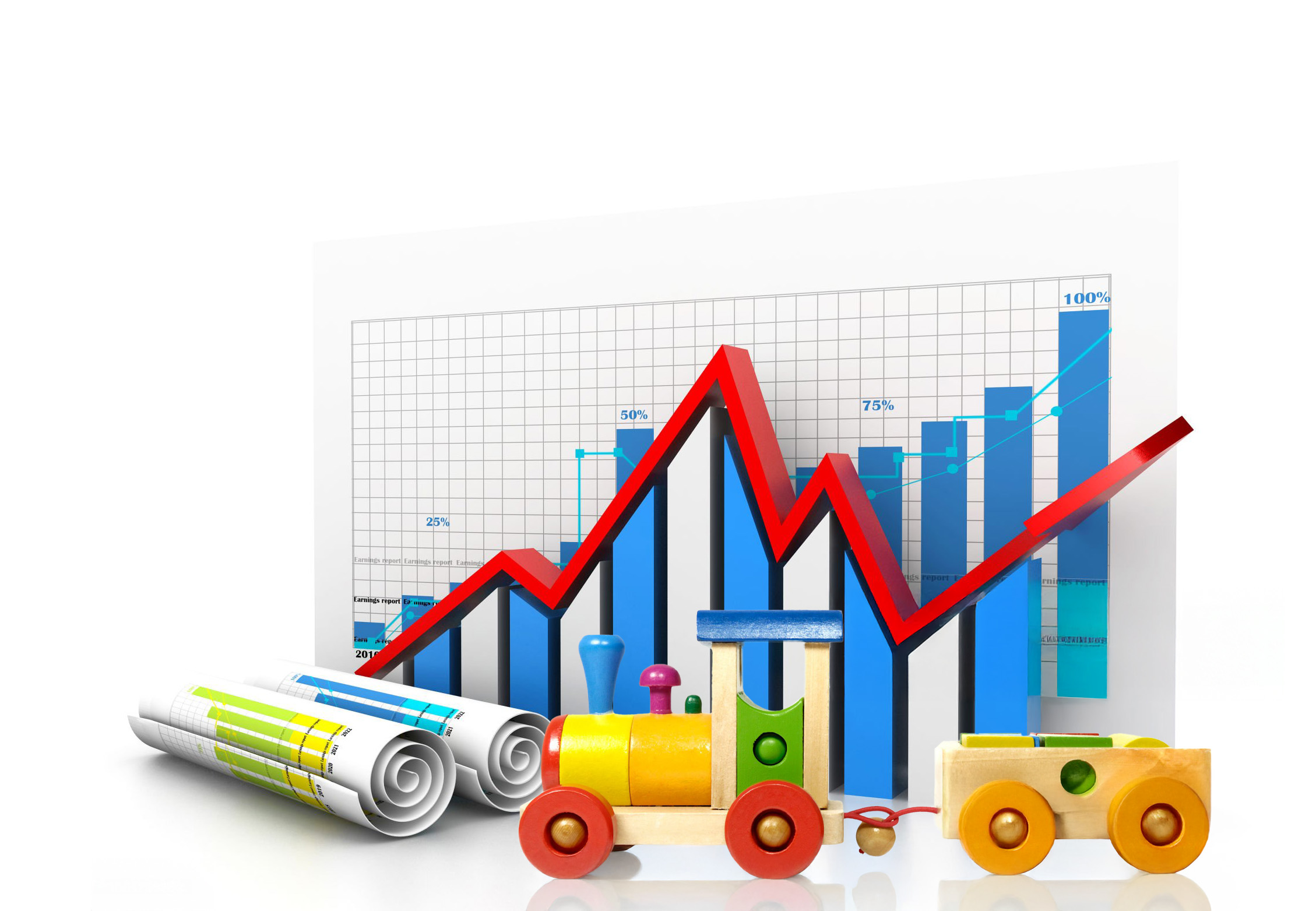History is cyclical. Many of us think of COVID-19 as a big one-off, but in reality, those who work in emergency management saw it coming. By 2020, we were due another pandemic. COVID-19 was not the first, nor will it be the last major pandemic to afflict the human race and may not even be the last in our lifetime. In addition, with the rise in political and environmental disruptions and instability, it is well past time for supply chains to rethink how they work in order to meet customer demand.
One of the things that COVID-19 did was accelerate and magnify problems that already existed in the supply chain. It brought the supply chain to the forefront of business’s strategic planning moving forward, and drastically increased visibility on the importance of the supply chain in business.
It has been found that supply chains need to be agile, resilient, digital and diverse in order to function effectively long-term. It is crucial that workers are trained in the new skills required to work in a supply chain where certain functions will be automated, and it is important to be able to pivot effectively should problems arise.
Diversifying Suppliers
The pandemic highlighted the need to have a more regionalized supply chain. Rather than relying on one massive single-source supplier, it is becoming increasingly clear that companies need to start investing in regional sources. This means partnering with multiple regional suppliers and moving production closer to the regions where companies will sell their goods.
What this strategy hopes to avoid is another shortage in products. Certain goods, such as medical supplies cannot have a disruption in their supply chain. Having multiple suppliers with the suppliers being closer to the consumers means that there is less likely for another bottleneck to occur in the case of another global shutdown. It also ensures that supply chains remain efficient.
Now, this new strategy adds costs where the single-supplier method was more cost-effective. But, with the rise in automation to certain parts of the supply chain and a whole new understanding of procurement, some costs can be kept down. This new strategy is also calculated against the risk of another major disruption and is still found to be the better option.
Procurement
Where companies source their materials from, how much they buy and how they analyze demand is also becoming increasingly important. In the past, companies used the just-in-time principle to keep lean inventories, cut costs and improve efficiency. This principle highlighted when there were issues with certain products so they could be fixed as issues arose.
But now, companies are preferring to keep a backlog of buffer stock in order to maintain a continuous supply base. While this means that a company won’t run out of products, it means that it may take longer to address and fix any problems that may arise.
Procurement doesn’t just mean in product, but also in talent. Skilled workers are being hired as they understand the technology that is being introduced into the supply chain, in addition to more analysts to understand the overall functionality of the supply chain to ensure that it remains optimized.
Sustainability
No one is a stranger to climate change and the effect that it is having on the world. Now more than ever companies are putting a higher focus on their environmental sustainability goals. Consumers are leaning towards buying from more environmentally friendly brands, prospective hires are putting it on their list of values that a company must have before they consider accepting a job offer, and government policies are putting increasing pressure on companies to ensure that their supply chains are sustainable.
Companies are investing more money into sustainability than was ever seen in the past in order to ensure that they keep their customers and meet current policy guidelines.
Technology and Automation
The pandemic also highlighted the need for more technologies and tools to be introduced into the supply chain to help mitigate disruptions. This is the strategy that will drive cost reduction for businesses where they may have seen costs rise as a result of diversification. The automation process will help standardize procedures across the supply chain, as all technology can be programmed using the same guidelines. It will also ensure that the health and safety of workers is pushed to the forefront by removing them from jobs that may put their wellbeing at risk.
It is also equally as important for companies to invest in reskilling supply chain workers in how to use these new technologies. Rather than looking outside for new workers who are skilled in these technologies, re-educating workers that a company already has will help keep costs down, and will result in a lower turnover rate among already existing employees.
Lauren Schwartz | Staff Writer




















